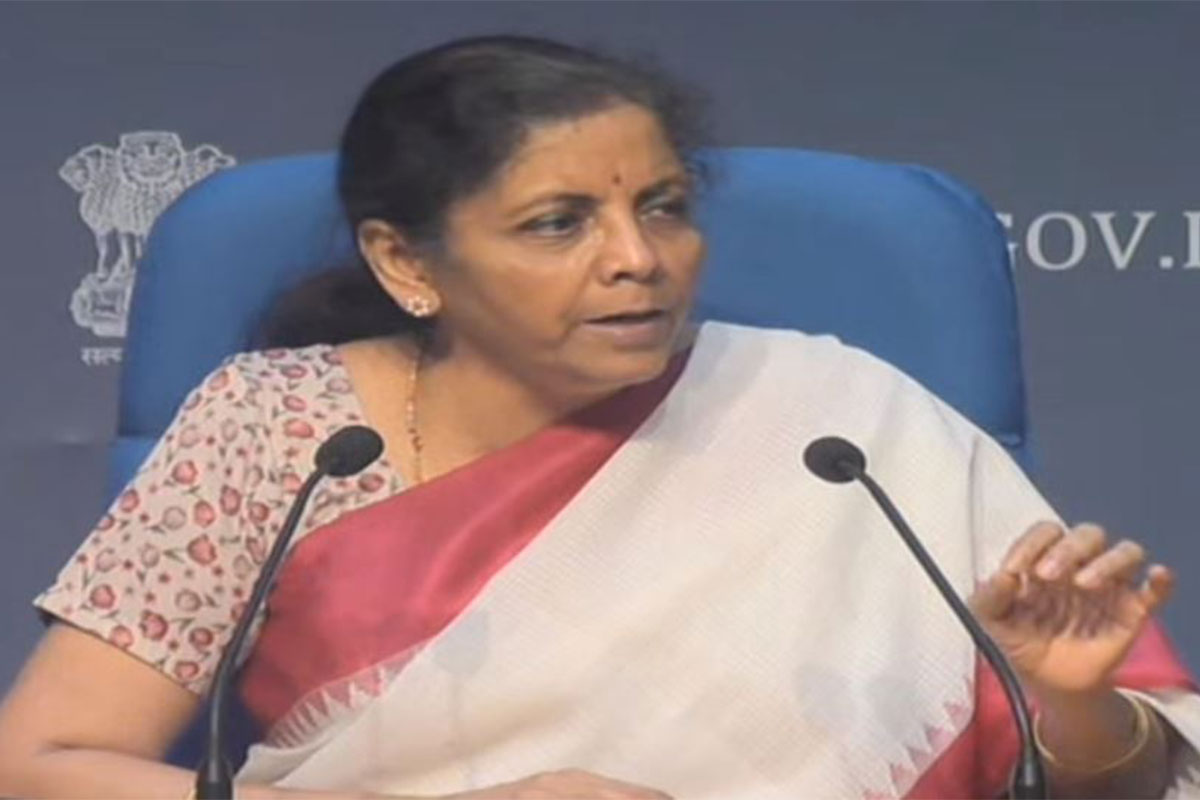Finance Minister Nirmala Sitharaman on Friday presented the third tranche of the 20 lakh crore stimulus package, which primarily deals with agriculture and its allied sectors.
“We purchased agriculture produce worth Rs 74,300 crore under MSP during the lockdown and paid Rs 18,700 crore directly into bank accounts of farmers under PM Kisan scheme,” said Sitharaman adding that claims worth Rs 6,400 crore were also cleared under the Fasal Bima Yojana during last two months.
Advertisement
Sitharaman said in the past two months country witnessed corporative milk production at 560 lakh litre per day against daily sale of 360 lakh litres per day.
Total 111 crore litres extra procured ensuring payment of Rs 4,100 crore, she said adding a new scheme to provide interest subvention of 2 per cent per annum to dairy cooperative has been implemented.
The interest subvention will unlock Rs 5,000 crore additional liquidity, benefitting 2 crore farmers.
Prime Minister Narendra Modi earlier this week announced a cumulative package of Rs 20 lakh crore (nearly 10 per cent of GDP) to provide relief to various segments of the economy battered by coronavirus lockdown.
This included Rs 1.7 lakh crore package comprising free foodgrain and cash to poor for three months announced in March, and Rs 5.6 lakh crore stimulus provided through various monetary policy measures by the Reserve Bank of India (RBI).
Of the remaining, the government has made two tranches of announcements with a cumulative package of Rs 9.1 lakh crore, comprising largely of credit lines to smaller firms, concessional credit to farmers and support to shadow banking and electricity distributors.
Most of the first two tranches of the package are off-budget and the government cash outgo is limited to just Rs 16,500 crore on free foodgrain and affordable housing to migrant workers as well as limited tax relief and marginal dole to some companies on employee retrial benefits.
India had – beginning March 25 – imposed a three-week-long nationwide lockdown, the most far-reaching measure undertaken by any government to curb the spread of the pandemic.
The lockdown, which brought most of the economic activity to a standstill as factories and businesses shut while rendering thousands temporarily unemployed, has since been extended twice through May 17, with some relaxations to allow the resumption of economic activity.
According to estimates, the lockdown may have led to 12.2 crore people losing jobs in April and consumer demand evaporating.











